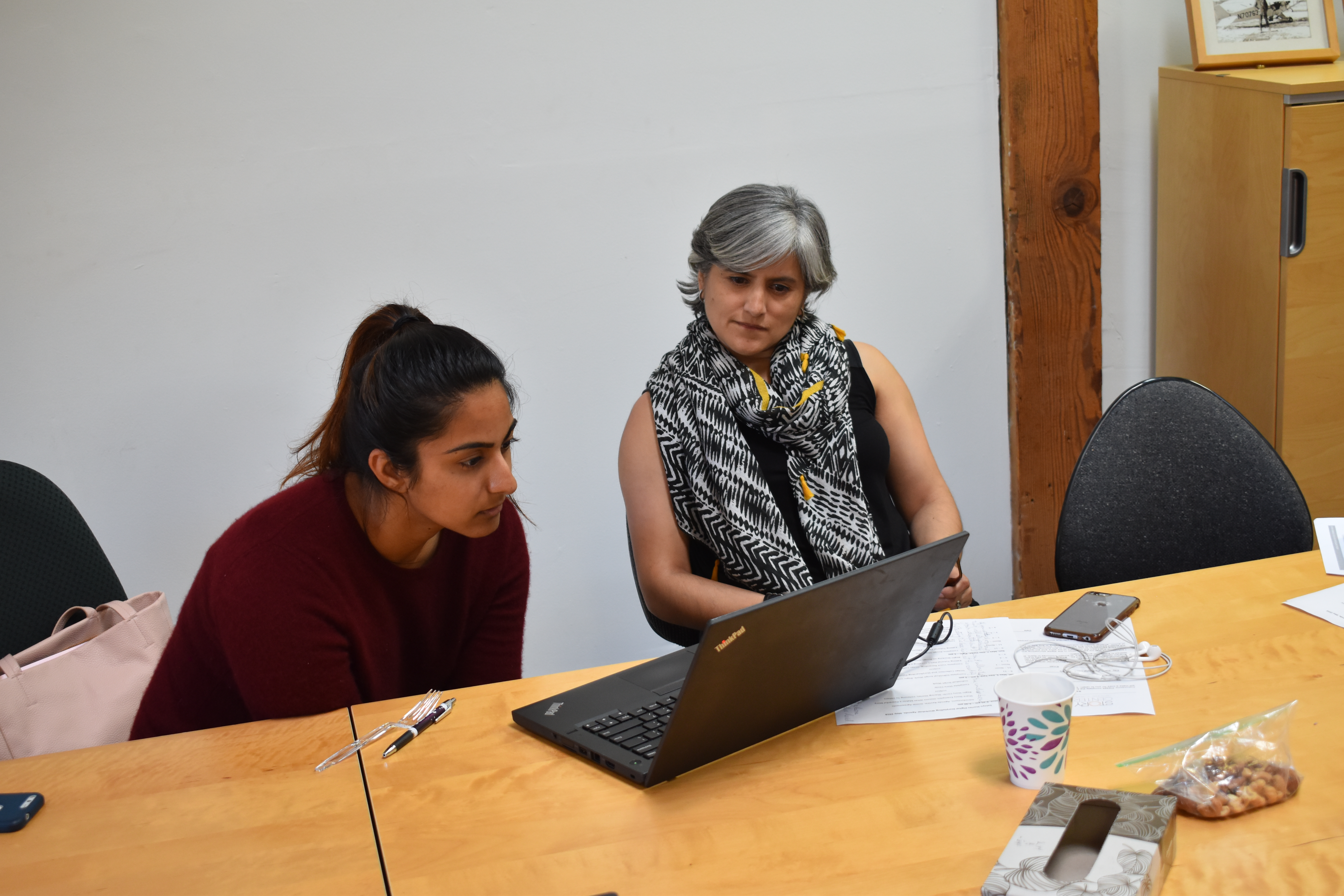By Anonymous
Country of Residence: United States
Female Genital Cutting/Mutilation in the Bohra community is not black and white, just like how survivors and non-survivors’ stories are not black and white. This idea resonated the most with me during the Sahiyo Stories workshop held in Berkeley, California at the beginning of May. Sahiyo Stories allowed me to explore the complexities of FGM/C and see the strength of the women who advocate to end the practice worldwide.
The workshop included women from different backgrounds and communities. We had varying ages, ethnicities, and cultures, yet our common experiences and passions bound us together.
I remember fighting back tears as we shared a space around a table and told our stories. For those ten minutes, we were allowed to feel vulnerable, insecure, afraid and seek advice, support, and shared empathy from others.
I have not undergone khatna, and I was the only one in the group who had not. My digital story touches on how I sometimes feel like an outcast around Bohra women, regardless of whether or not I know they have undergone khatna. In the Bohra community, so many practices and customs are normalized on a large scale that you are left wondering if you are different for something that has or has not happened to you.
I was in awe of the bravery of the women around me who shared their stories of the khatna/FGM they underwent when they were young girls. It was impactful for the women to be from such varying backgrounds. It made the issue of FGM feel global and like it touched so many different lives.
By the end of the workshop, I realized that khatna, advocacy, traditions, women and human rights are not all black and white. Instead, they are layered and multi-dimensional, thus making these matters far more intricate than just taking a stand one way or another. My experience is not black or white either, and the Sahiyo Stories workshop was the most empowering avenue for me to explore that gray area.

